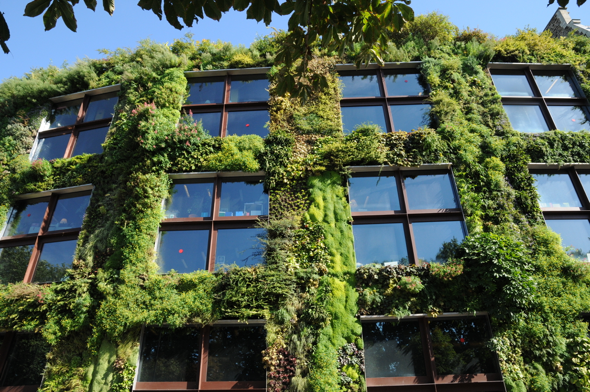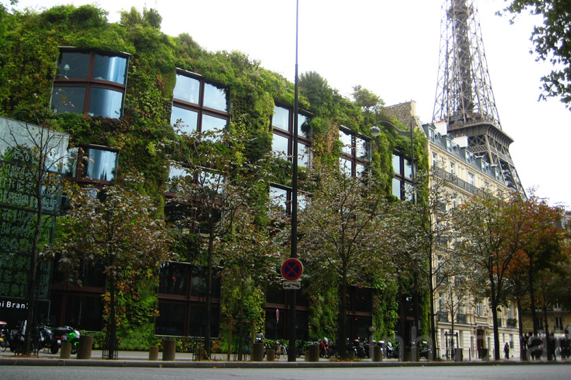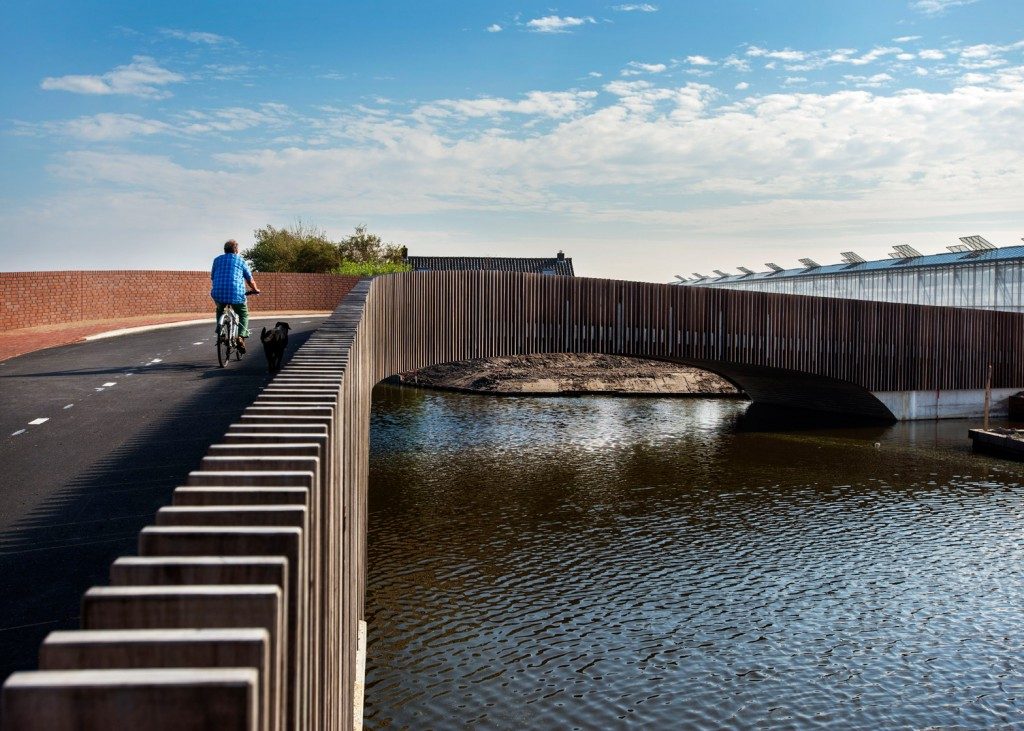Environmentally Responsive Design and Green Architecture
Sustainability and environmental performance goals are presently major contributing factors to design choices. Each new building attempts to take one step further in being even more environmentally conscious than the last. Although this process is extremely beneficial to the environment and surrounding ecosystem, where is this race to create a totally “Green building” heading? Structures are now emerging that look more like nature than building, with towering green walls and sprawling roof gardens disguising any distinguishable architectural element. This raises the question, are we going over board? Surely sustainable design does not mean a building which is literally green.
Over the past decade there has been a positive trend towards making buildings which are ecologically sustainable and beneficial with minimal impact on their environments. This has been achieved in various ways such as renewable energy, recycled materials and more recently the implementation of “green” architecture, which uses plants and vegetated area to provide insulation, reduce carbon dioxide in the atmosphere, purify the air as well as reduce the impact of stormwater runoff. Although, recently we have seen buildings which appear more nature than structure, with enormous green walls extensive across every surface obscuring architectural elements, and expansive roof gardens hiding it from above.
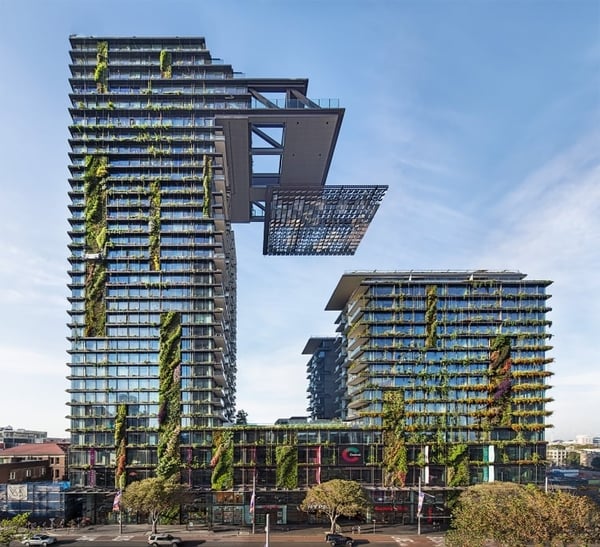
http://www.centralparksydney.com/getattachment/74a0b2fb-2194-4091-b1f1-03e91362ee19/Image?maxsidesize=752
Several key terms appear when discussing sustainable design, these are biomorphism, organicism and biomimicry. Biomorphism refers to the structure having an innate biological quality, organicism refers to a harmony between architecture and nature, much like a commensality. Biomimicry refers to when a building or structure takes biological systems and the principles behind how they work and applies them to building, not just imitation of geometry like art deco and art nouveau.
Green buildings have been made at both ends of the spectrum with some using green walls and other renewable designs as small features, and others using vegetation to completely immerse the building in nature. Examples at home such as the Central park building in Broadway Sydney, boast huge green walls that still use a strict rectilinear grid to define the barriers between nature and building, outlining the feature that is the green space while not compromising the building’s innate architectural qualities. Conversely, other buildings internationally as can be seen in the below images are widely influenced by nature with vegetation and green space taking over the building, becoming the focus.
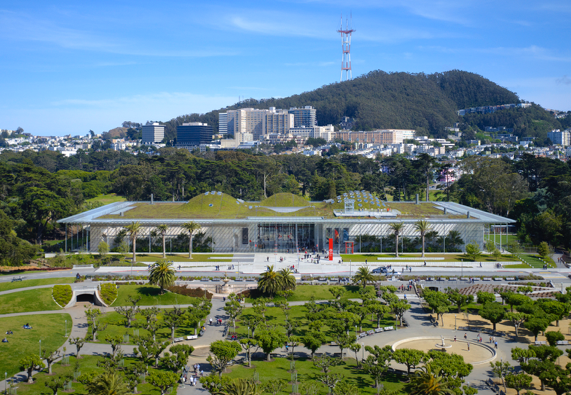
http://www.calacademy.org/sites/default/files/assets/cas_016.jpg
From looking at these new green buildings it is evident that a “green” style is emerging, where the vegetation isn’t only being used for sustainability’s sake but also for its aesthetic value. These buildings begin to blend postmodern architecture with nature in a harmonious manner whilst also creating an architecture which is beneficial to the environment. Therefore, there doesn’t seem to be a limit of how much green is too much as it is all contributing to improving the environment and heading towards a more sustainable future, with the by-product of new architectural forms. Perhaps a return to nature is what society and architecture need in order to create a healthier more habitable community.
http://inhabitat.com/wp-content/blogs.dir/1/files/2012/09/Patrick-Blanc-Green-Wall-Museé-Du-Quai-Branly-Paris-2.jpg
To read more about ESD Consultancy, click here
References:
Cooke, L. (2017). France officially opens world's first solar panel road. [online] Inhabitat.com. Available at: http://inhabitat.com/france-officially-opens-worlds-first-solar-panel-road/ [Accessed 20 Jan. 2017].
GBCA, (2017). Barangaroo South | Green Building Council of Australia. [online] New.gbca.org.au. Available at: http://new.gbca.org.au/showcase/projects/Barangaroo/ [Accessed 25 Jan. 2017].
Rosen, D. (2017). Growth Sector: Will Mycelium Become the Next Concrete? - Blueprint, presented by CBRE. [online] Blueprint, presented by CBRE. Available at: https://blueprint.cbre.com/growth-sector-will-mycelium-become-the-next-concrete/ [Accessed 25 Jan. 2017].
UQ. (2017). Emerging business trends in green building Challenging the Future. [online] Future.business.uq.edu.au. Available at: https://future.business.uq.edu.au/emerging-business-trends-green-building [Accessed 25 Jan. 2017].
Wang, L. (2017). 6 Tiny Homes under $50,000 you can buy right now. [online] Inhabitat.com. Available at: http://inhabitat.com/6-tiny-homes-under-50000-you-can-buy-right-now/ [Accessed 20 Jan. 2017].
WGBC, (2017). WorldGBC Annual Report 2015/2016 | World Green Building Council. [online] Worldgbc.org. Available at: http://www.worldgbc.org/news-media/worldgbc-annual-report-20152016 [Accessed 25 Jan. 2017].



